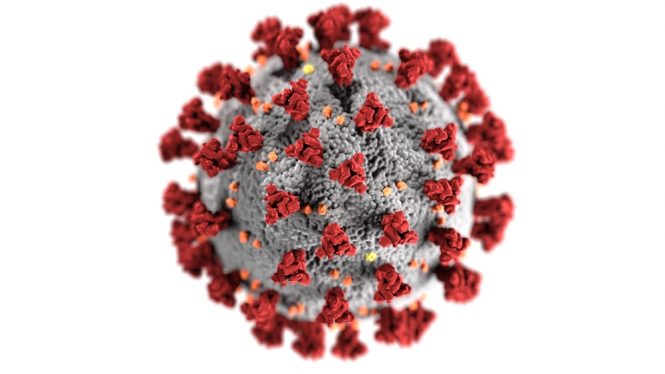
As we continue to struggle with vaccination rates, the debate rages over individual rights and the politicization of the present situation. Because of this it is essential to step back and decide upon our goals. Are we attempting to eradicate, eliminate, cohabitate, or conflagrate with the virus? With each of these, the endgame is drastically different.
For instance, eradication would require the permanent global reduction of the prevalence of COVID to zero. For this to occur, it would require herd immunity secondary to infection or vaccination, which would need to be highly effective against all variants present and future to prevent transmission or reinfection. Although unlikely, this aspirational goal is possible, as exemplified by smallpox.
Other viral illnesses such as measles and mumps have reached eradication at a regional level, which fits into the elimination category. Elimination of COVID is a distinct possibility since certain countries are coming closer to herd immunity, are beginning their booster vaccinations, and have decided that it is in their nation’s best interest to act as one. Also, ongoing vaccination against COVID and its variants would be required, especially if the initial transmission is a zoonotic transfer from reserves in unidentified animals.
Cohabitation will exist if eradication or elimination is not possible due to the dynamics that might permeate, such as less than optimal vaccination occurrences, vaccines that are not highly effective, or rapid variant formation. In this scenario, the goal is to minimize the impact of illness severity due to the virus and protect those most at risk. The measure of success is sparse reinfections, rare vaccine breakthroughs, negligible secondary transmissions, and low morbidity and mortality rates. In a cohabitation model, distinct viral-free pockets of the country will occur while other areas will see elevated infection rates.
Without cohabitation as an option, conflagration or mass infection will continue to occur. In this scenario, there will be a steady-state characterized by moderate-level endemicity of the virus. Circulation will remain robust, with greater morbidity and mortality. Our health systems will continue to be stretched, and we will not return to any sense of previous normalcy. Waxing and waning of virus prevalence will occur, and newer, more virulent strains are likely.
Undoubtedly, we have public health measures that work. And we have a highly effective vaccine. However, what we do not have is the nationalistic approach needed to reach even cohabitation. And conflagration will lead to continued polarization. Only through steadfast purpose, agreement on a common good, and the suspension individualism will we move out of our present state. Unfortunately,, we are reaching a point when the decision becomes even more apparent, but that may only occur after a significant amount of pain and suffering. Division amongst us will occur not over thoughts, but because of the virus itself. We will see those that choose cohabitation and those that believe conflagration is acceptable.
